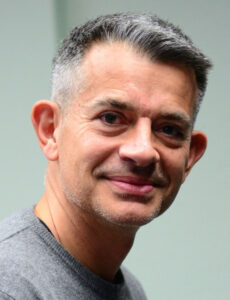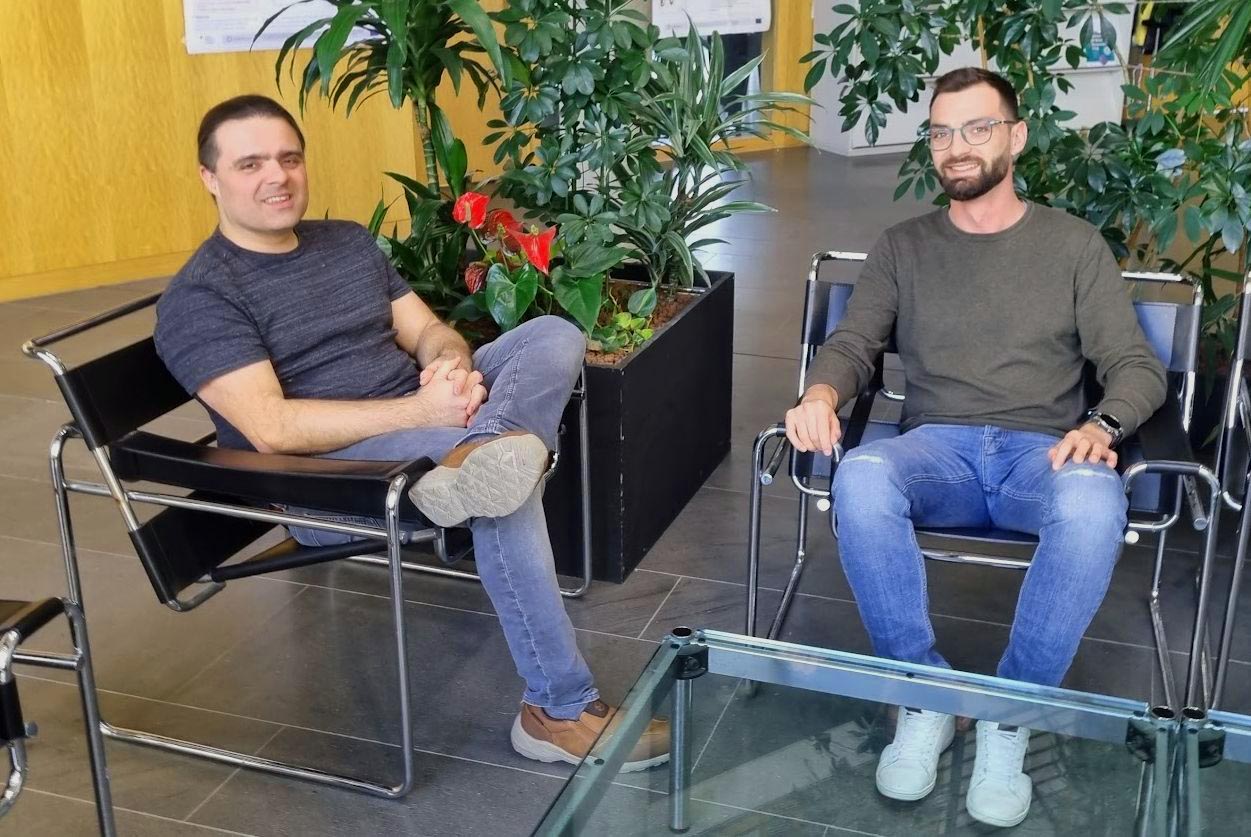The State Secretariat for Education, Research and Innovation (SERI) is to invest CHF 26 million in the development of chip design, with partners ETHZ, EPFL and CSEM contributing a further CHF 7.8 million. The SwissChips initiative is setting out to defend Switzerland's position as a world leader in this vital technology.
Of the EPFL professors involved (Stephanie Lacour, Adrian Ionescu, Andreas Burg, David Atienza) all were Principle Investigators at Nano-Tera, and half are currently members of EcoCloud. These are exactly the kinds of synergy, built on academic excellence, that SwissChips is designed to foster.
Two of the leading players in Swiss integrated circuit design are Prof. Luca Benini of ETHZ and Prof. David Atienza of EPFL. Their collaboration goes back a long way, including Nano-Tera project YINS.

As keynote speaker at the EPFL EcoCloud Annual Event last year, Benini made the point that RISC-V technology, which is open source, scalable and extendable, is the way forward for chip design.
"We are seeing a move towards Embodied AI technology," explains Benini, "that can produce results in a physical context, such as robots or satellites. In the face of such challenges it is such an advantage to be able to optimise an architecture from the instructions to the system, and RISC-V makes this possible."
A good example of a Swiss chip design based on RISC-V technology is X-HEEP, a low-power wearable chipset architecture that can be used for a huge range of biomedical sensing applications. A product of Atienza's Embedded Systems Lab at EPFL, X-HEEP was recently featured in the EUROPRACTICE annual report.
Another is PULP, which was developed by Benini's Integrated Systems Laboratory at ETHZ. Its stated aim is to break the energy efficiency barrier within a power envelope of a few milliwatts, while receiving the data streams generated by multiple sensors, such as accelerometers, low-resolution cameras, microphone arrays and vital signs monitors.
It is clear that EPFL collaborators have been using and contributing to ETHZ's PULP technology, and that in return ETHZ have also been developing work on EPFL's X-HEEP architecture.
Once you add CSEM, with their vast expertise, hardware resources and industrial network, you get exactly the kind of holistic design culture that SERI is hoping to encourage, especially given that Switzerland has left the Horizon program of European funding, and other EU funding programs.
If we are not designing chips, we are out of the game
We spoke to two co-leads of SwissChips, Dr. Alexandre Levisse and Dr. Miguel Peón of EPFL.

"When monitoring illnesses such as cardiac and epileptic conditions, off-the-shelf integrated circuits for detecting seizures can work," explains Alexandre Levisse. "However, current microcontroller architectures lack energy efficiency, versatility and scalability, particularly in the context of applications leveraging artificial intelligence, making them extremely inefficient. One of our goals is to explore and design circuit architectures which can meet these needs.
"Being part of programs like SwissChips enables us to teach young engineers and researchers how to design chips and develop open-source hardware platforms such as X-HEEP and PULP. With SwissChips, we intend to foster scientific collaboration between Swiss universities in the field of integrated circuit design through the development of common design platforms and chips designed together."
The current reputation of Swiss chip designers is remarkably high, as Miguel Peón explains: "Until now, Switzerland has produced a surprisingly high amount of chip designs for the size of the country. EUROPRACTICE has just published a graph of the number of chip designs that they received from each country in Europe in 2023. Switzerland is third, behind only France and Germany. That is amazing!
"But these designs were mostly developed while Swiss universities were still participating in European-funded research programs. Switzerland is no longer a member of Horizon Europe and other programs, so the future of Swiss chip design depends on initiatives like SwissChips."
"Although Switzerland does have some foundries," states Levisse, "manufacturing chips for watchmaking, automative and other industries, it is not a country that mass-produces chips like Intel (USA) or TSMC (Taiwan).

"If we can't manufacture chips, and we are not designing them either," explains Peón, "we are out of the game."
According to Prof. David Atienza, the game is getting harder: "In the current geopolitical context the USA, China, India and the EU are giving clear indications of technological decoupling, and the development their own digital ecosystems.
"The SwissChips initiative is essential to ensure that there a strong Swiss network that is sharing infrastructure, methodologies and technologies, in order to stay at the forefront of integrated circuits and microelectronics design in the years to come."
